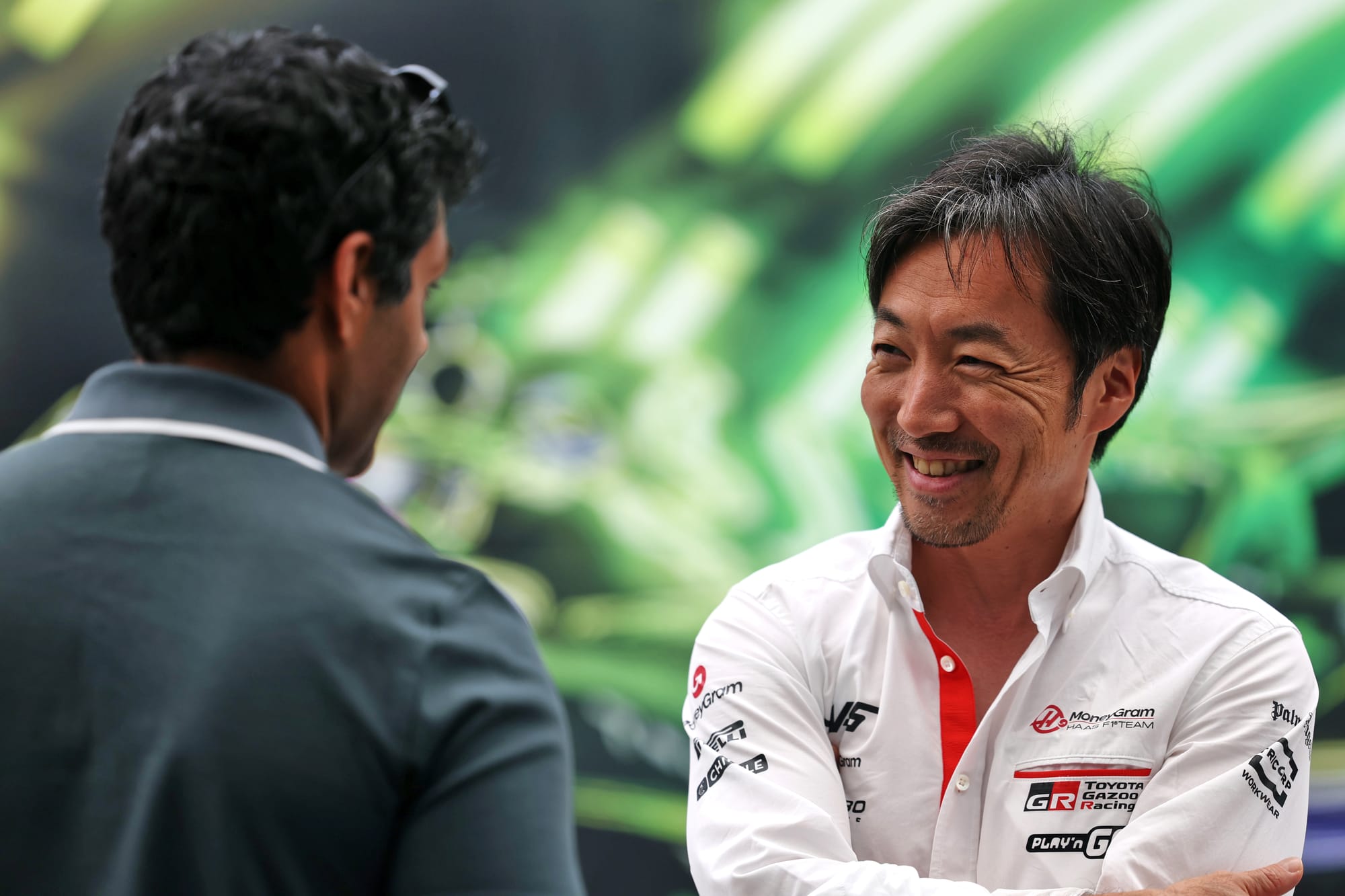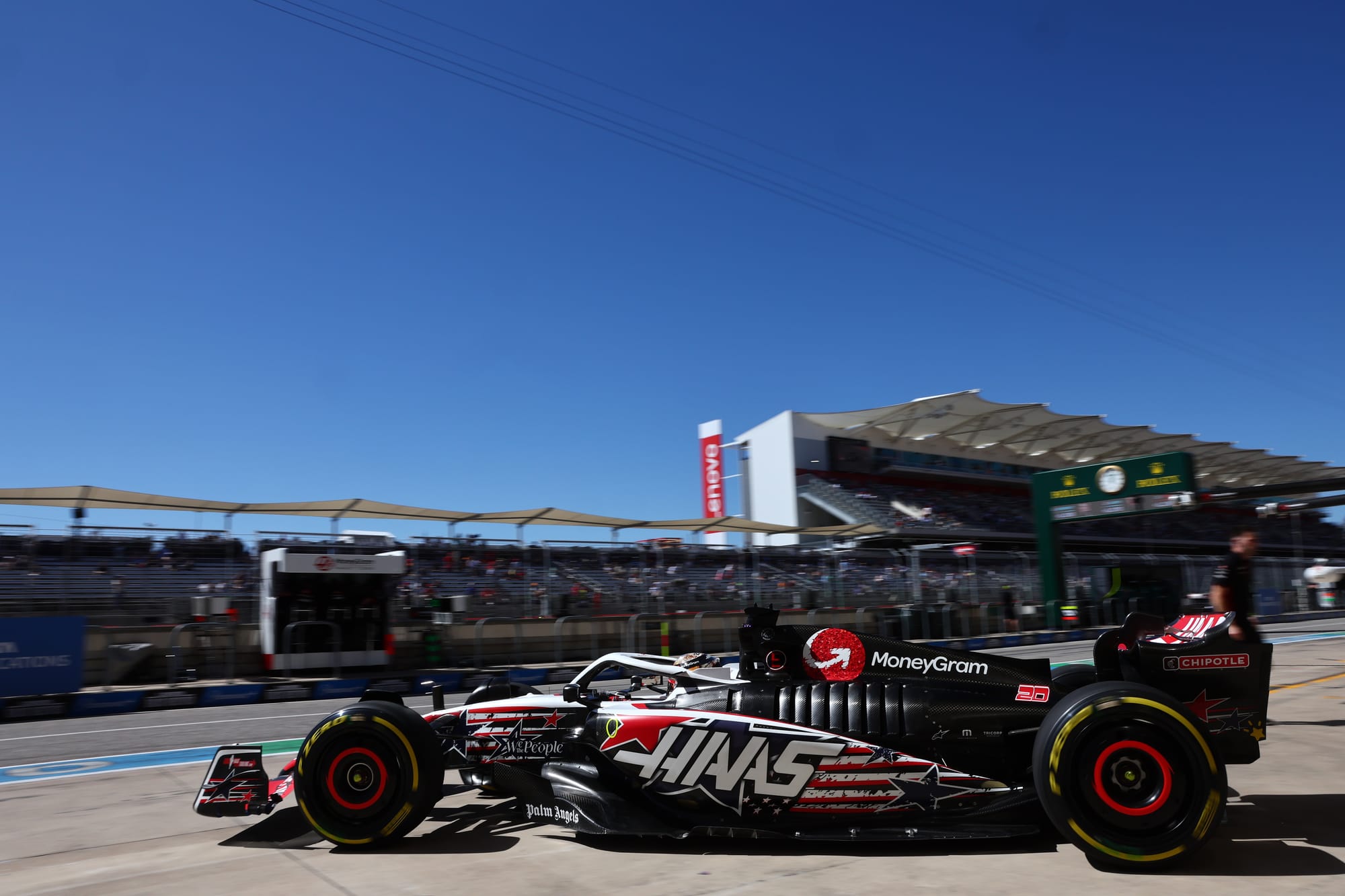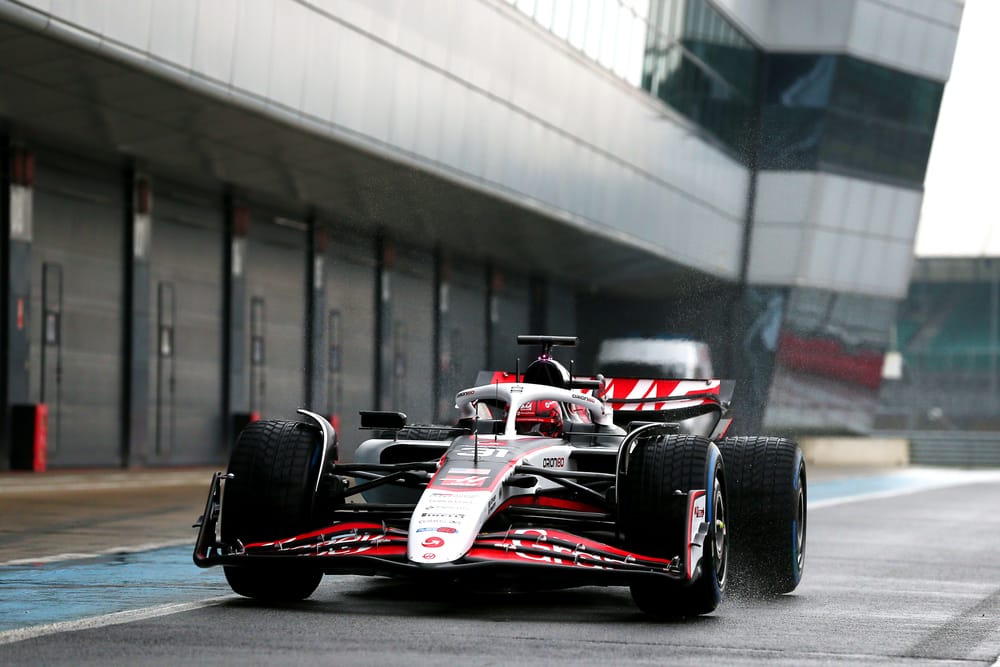Haas shattered the conventional wisdom about its capabilities and proved it really can develop a Formula 1 car during the season last year.
According to team principal Ayao Komatsu, the contrasting case studies of two upgrade packages introduced one year apart at the United States Grand Prix in 2023 and '24 are proof that it’s now “180 degrees different” when it comes to improving its machinery.
As it goes into a season where the fight over midfield constructors' championship places could be even tighter still, it's a good time to prove that ability.
Haas introduced a major aerodynamic upgrade package at Austin last October, for the 19th of 24 races. This ensured it had the fifth-fastest car in the closing stages of the season, which would have been enough to close out sixth in the constructors’ championship but for Alpine’s massive double podium points haul at Interlagos.
The effectiveness of this upgrade package, which set up Haas’s strongest spell of the season, was in stark contrast to what happened the year before.
Then, Haas also introduced a major and very visually obvious package at Austin, inspired by the visual cues of the all-conquering Red Bull RB19. It made little difference to a car that continued to struggle badly on race day, ensuring Haas remained rooted to the bottom of the constructors’ championship.
As Komatsu explains, improved communication was the key change that made the 2024 big improvement one that cast its reputation for struggling to make big gains during a campaign into history.

“Communication, really just putting everybody on the same page and then discussing openly how we can improve,” said Komatsu when asked about the major change in the team. “Listening to them, rather than me telling them.
“And even if I had an opinion, they are the experts, right? I ask questions and then they decide what to do in terms of direction. I never once said to Andrea [de Zordo, technical director] or Davide [Paganelli, head of aero] that we should be putting Silverstone upgrade in this way. I asked questions, I listened to them, but in the end, they drive that.
“That’s why I was so happy that when we could make progress with the car, they did it. Those people who’ve been told that ‘oh, Haas can't upgrade a car’, you know how depressed they were in '23 Austin?
"None of them wanted to do the Austin [2023] upgrades, but they had to do it. So that was a low point.”
Whereas last year’s Austin upgrade was a logical step from the team’s previous, and also successful, aerodynamic package introduced at Silverstone mid-season, the 2023 step was a complete change in direction.
Haas struggled badly in 2023 with a car that often qualified well but consumed its tyres badly, which was eventually traced to inconsistent aerodynamic load caused by the loss of downforce when in yaw.
With the gains in the windtunnel flatlining, and team owner Gene Haas understood to be keen to see the car moving in the direction set by Red Bull, an alternative development direction was green-lit mid-season. This led to the Austin upgrade that, as Komatsu explains, much of the team never expected to perform.

“Because we knew that car wasn't going to be quicker,” said Komatsu when asked why the team was not keen on introducing the package. “Doing that was just a waste of time.
“So from that '23 Austin to '24 Austin, it's just completely 180 degrees different. The '23 upgrade, nobody thought we should do it, it was a complete waste of time and money. But '24 Austin, everybody discussed openly for months how we should do it, worked on it, we were confident we could deliver, and then on track, we delivered. It’s just such a contrast.”
It's just one example of how the team has improved in the way it works over the past year, becoming a more integrated operation.
Haas's off-season recapped
The plan to manage F1 2025's most combustible line-up
If Haas is right about Bearman, it won't keep him for long
Magnussen to test for Haas in 2025 F1 role
Haas appoints F1's first female race engineer
Ferrari making major 2025 F1 design shift - but Haas won't follow
Haas shakes up F1 team structure after 'brutal' wait
Gary Anderson's verdict on Haas's 2025 F1 car
On top of that, the new technical partnership with Toyota, which has allowed the team to create a TPC (testing of previous cars, for machinery of 2021-2023 vintage) programme that made its debut last month, has also bolstered its long-term potential.
But it’s the communication in the team, naturally a challenge given its design hub is in Maranello in Italy and the rest of the race team operates out of the United Kingdom, that is key to ensuring it can realistically aspire to hold position or even improve despite the inevitable gains made by underperforming rivals Alpine, Williams, Racing Bulls and Sauber in 2025.



